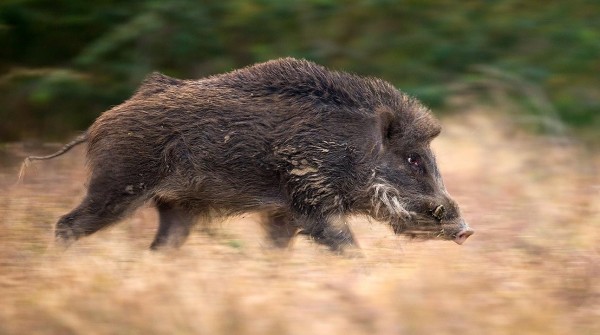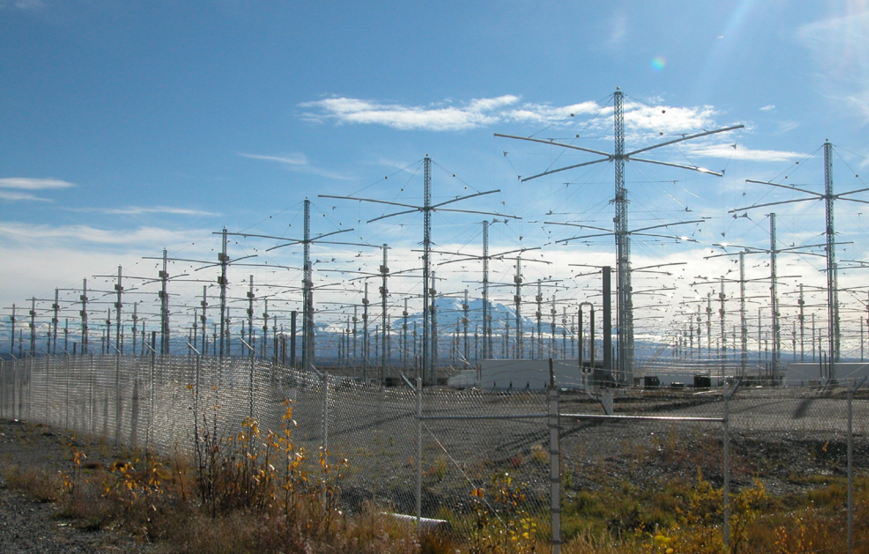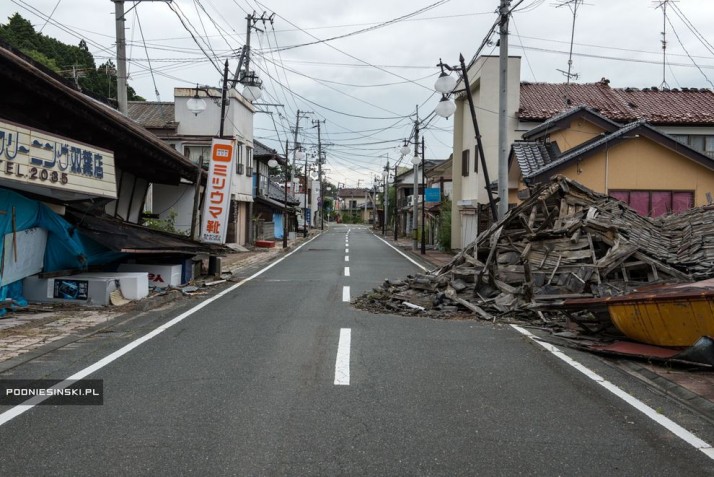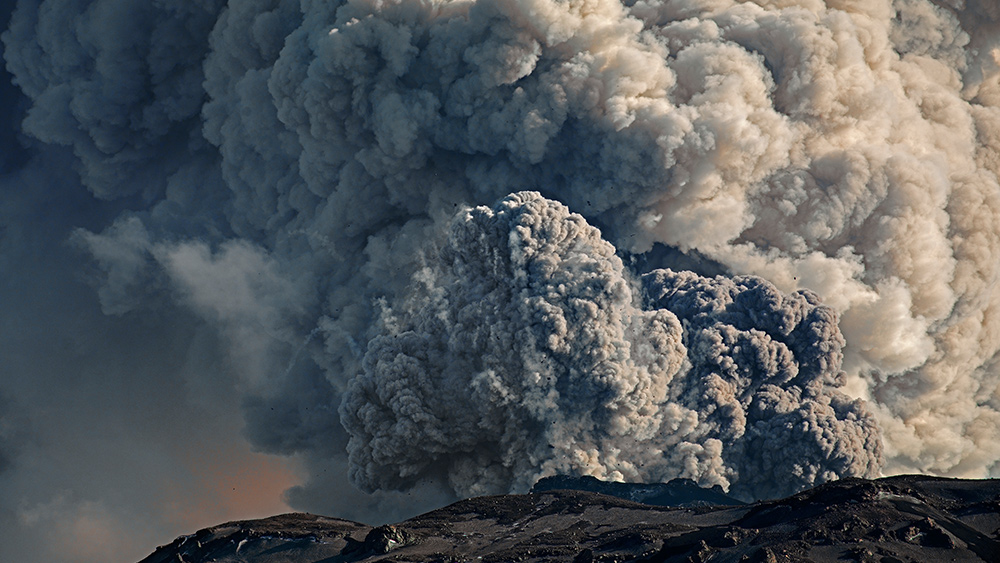
Advertisement
Communities in northern Japan are being ransacked by wild radioactive boar exposed to toxins from the crippled Fukushima Daiichi power plant.
In March 2011, an earthquake launched a tsunami off the coast of Japan, which destroyed three nuclear reactors at the Fukushima power plant. Since then, hundreds of tons of radioactive waste have been released into the air and sea. The long-term impact the radiation will have on nearby wildlife remains uncertain.
The number of boar in the Fukushima Prefecture has increased by 330 percent in recent years, according to the Daily Mail. The creatures were exposed to radiation after consuming berries, roots and small critters tainted by radiation from the Fukushima site. The boar rapidly propagated in the exclusion zone surrounding the power plant, and have caused damage to farms far beyond the sequestered area.
A horde of boar
The boar population has spiked from 3,000 to 13,000 as the animals move outside the exclusion zone. Hunters are shooting the boar, but local communities are exhausting available burial space and the instruments necessary to dispose the corpses.
Being both lean and chock full of protein, boar are one of the healthier red meats. However, radiation from the power plant has made the boar unfit for human consumption. Consequently, these boar are becoming a burden on local cities.
The boar were tested for radioactive contaminants. Meat samples taken from wild boar showed that radioactive levels for cesium-137 were 300 times greater than the legal limit set for human consumption.

Cesium-137 is a byproduct of nuclear fusion processes in nuclear reactors and nuclear weapons testing. Traces of cesium-137 left over from nuclear weapons tests conducted in the 1950s and 1960s can be found in the environment. Internal exposure to cesium-137 exposes the tissue to gamma radiation, thereby increasing the risk of developing cancer. (Take preventative measures to avoid this devastating disease and visit the Natural Cancer Prevention Summit.)
The boar have caused almost a million dollars worth of damage to agriculture in the area. There is no sign of the boar population waning anytime soon. Farmers in the Fukushima Prefecture may feel helpless as the animals overrun the region.
TEPCO activates ice wall
In the meantime, the Tokyo Electric Power Company (TEPCO), the company in charge of the Fukushima power plant, received permission to activate its $312 million ice wall system surrounding the power plant. The intent of the ice wall is to act as a barrier around the power plant, preventing radioactive sludge from spilling into the environment.
The ice wall consists of a network of underground pipes spanning 30 meters beneath the surface for almost 1.5 kilometers around the power plant. The pipes carry refrigerant cooled to minus 30 degrees Celsius, which chills and eventually freezes the soil.
Approximately 800,000 tons of radioactive water is currently stored in 1,000 industrial tanks at the Fukushima site. At present, water must be pumped into the reactors to keep them cool, which contaminates even more water. The ice wall is intended to prevent additional groundwater from becoming contaminated by the power plant.
An ice wall of this size and magnitude has never been orchestrated before, and there are no guarantees that it will actually work. Future plans to decontaminate and decommission the power plant are dependent upon the success of the ice wall.
Best estimates suggest it will take until 2040 to clean up the power plant. TEPCO believes that if the ice wall is a success, the system will allow the turbine basement to be dried by 2020. If the ice wall fails, however, there is no telling how long it will take to clean up the power plant, or what TEPCO’s next move will be.
At any rate, the infestation of radioactive boar illustrates that the Fukushima debacle was not an isolate event, but an ongoing disaster that must be contained.
Sources include:
Submit a correction >>
This article may contain statements that reflect the opinion of the author
Advertisement
Advertisements















